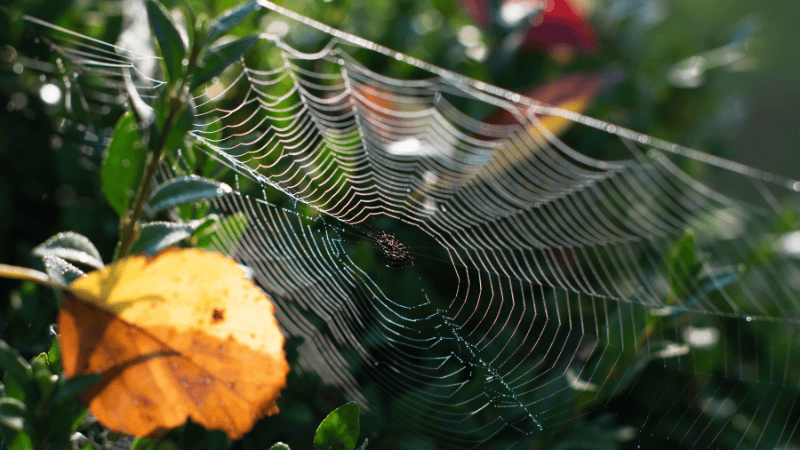Deterring Coyotes from Your Property

The Eastern Coyote is a member of the dog family and is related to the Eastern wolf. Many homeowners, therefore, mistakenly believe that the animals they see prancing through their yard is a dog of some sort. Before you panic, take the time to learn about this species and how Pest-End can help you deter the animal from frequenting your property.
Understanding Coyotes

It is becoming more and more common to see coyotes in suburban and even urban areas. Recognizing why this phenomenon is happening is the first step in understanding how to deter them from your yard. Typically, the reason why coyotes head toward more populated areas is that they are on the hunt for food. Since coyotes are omnivores, they are not picky. They will eat the plants, insects, and berries they find in your yard, or if you own backyard chickens, goats or even domesticated pets, like cats and smaller dogs, then one of those could serve as a meal as well.Since they tend to look similar to dogs and wolves, identifying a coyote can be difficult. They are usually a medium size and build, like dogs. Their coat color varies, from grey to cinnamon grey. Usually, the tips of the tail are darker and hang directly down during a run. Coyotes also have long legs and a thin snout. Coyotes also have tracks that are more elongated than those of dogs, but because there are big variances in the size of a dog's tracks, it may sometimes be hard to tell the difference. However, when a coyote moves in stride, its front and rear paws land in the same position, giving a �perfect step'. (Source: DifferenceBetween.Net)

While it can be worrisome to see a coyote on your property they are still an important part of our local ecosystem. They may be predators, but they play a role in keeping the rodent population down and maintaining a balance in the environment.Coyote breeding season generally runs from January through March. Breeding pairs of coyotes will establish dens during that time, sometimes close to residential areas. Typical den sites include rocky ledges, undercut banks, and overturned trees. Occasionally, coyotes will establish dens under sheds, barns, decks, and in culverts. Four to six pups are typically born in the early spring and will remain in and around the den for the first three months of their lives. Adult coyotes are extremely territorial and protective of their young during the late spring and reports of attacks on dogs that wander near dens are very common during this time.If you are experiencing issues with coyotes around your property or believe there may be a den on your property, give the wildlife specialists at Pest-End a call to schedule a free inspection. We may be able to provide information on deterrents, trapping, or controlled hunting on your property.



